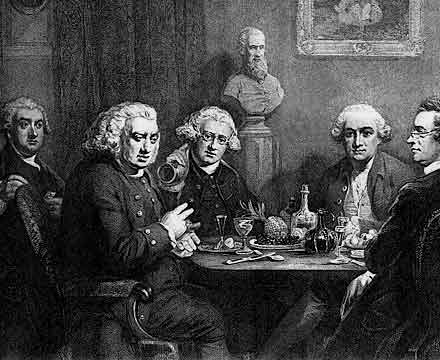the selfish gene | richard dawkins
This is the first book that I have finished from the re-reading list I compiled a while ago. And this is the book, the one I would take with me to a prolonged quarantine, and the one I’d give to all my friends if I knew they were going to make the effort to read it carefully.
This book, in my opinion, teaches at least two powerful topics: 1) how evolution works and how it is possible that seemingly altruistic behavior can be observed in nature, and 2) at a meta level, it shows the watchful reader the power of first principles thinking and of iterative thinking.
The replicator, not the individual, holds the key to life
The first topic can be summed up with the often quoted “simplicity is the ultimate sophistication”. The theory of evolution is simple, yet it explains all the complexity of the living world. It all starts with physics, the aid of time and a bit of randomness. Replicating molecules can arise and, from there, life evolves in a non-random way. The replicator is the essence of life. Not the individual, not us… although it’s so easy to be confused since we think as individuals. Consciousness arises at the level of the individual, but the key is held by the replicator.
First principles thinking
And here’s where the second topic provides the tools we need to calibrate our intuitions. In many instances of the book, apparently contradictory phenomena is explained logically by going back to first principles. In the particular subject of the book, the principle is that the gene (the replicator) is the fundamental unit of heredity. Sometimes we use analogies and metaphors to explain certain behaviors or occurrences, and those analogies are appropriate for those particular behaviors, but are not first principles. And when we are trying to explain a different occurrence (for instance, of a different type), we must learn to recognize when the analogy doesn’t serve us anymore and we must restart our analysis from first principles.
In the book Surely You’re Joking, Mr. Feynman! we can see a glimpse of first principles thinking. We see Feynman use it throughout his adventures, but in The Selfish Gene, Richard Dawkins not only shows it to us, but makes it apply it along with iterative thinking. This is why I say “… if I knew they were going to make the effort to read it carefully.” in the first paragraph of this post.
On iterative thinking
Iterative thinking is also something that we’re not hardwired to perform easily. At least not for me. And once we apply this superpower, we can understand how complexity evolves from simplicity. Through iterative thinking, for example, we can explain why the litter size of a cat has to be X number of kittens on average, why truly altruistic behavior cannot exist by definition, why the male to female ratio in certain populations has to be 1:1. We can, of course (and fortunately!), take this way of thinking with us and apply it to other areas of our interest.
The sum up
The fundamental unit of life, here on Earth or anywhere in the Universe, is the replicator. It can be organic or not (there’s nothing particularly special about carbon). A replicator is anything that makes copies of itself. It comes into existence, in the first place, by chance. Once a replicator has come into existence, it starts making copies of itself, and the copies make copies of themselves. The copying process, however, is not perfect, and varieties of replicators appear. Some of the new varieties of replicators have lost the ability to replicate and their type ceases to exist when they cease to exist. Others can still replicate, but less effectively (with less frequency or less fidelity, for example). And yet other varieties can replicate better than their predecessors and contemporaries. These (and their descendants) then become numerous in the population.
As time goes by, more sophisticated ways of being a replicator evolve. For example, some different types of replicators can find the presence of each other as mutually beneficial, and their proximity would make them dominate the population. Eventually, this type of cooperation begins to be “formalized” in the creation of discrete vehicles (“survival machines”): cells, and later, many-celled bodies. In this way, the replicators survive not due to their own intrinsic properties but as a result of the machinery they build and the effect this machinery has on the world.
The agglutination of replicators inside survival machines (i.e., individual bodies) became so dominant in the world that, by the time humans came into existence and began asking questions about life, they were all looking at the individual as the unit of life. The replicators (i.e., the genes) were relegated as secondary, and it took a great deal of mental effort “to turn biology the right way up again, and remind ourselves that the replicators come first, in importance as well as in history.”


